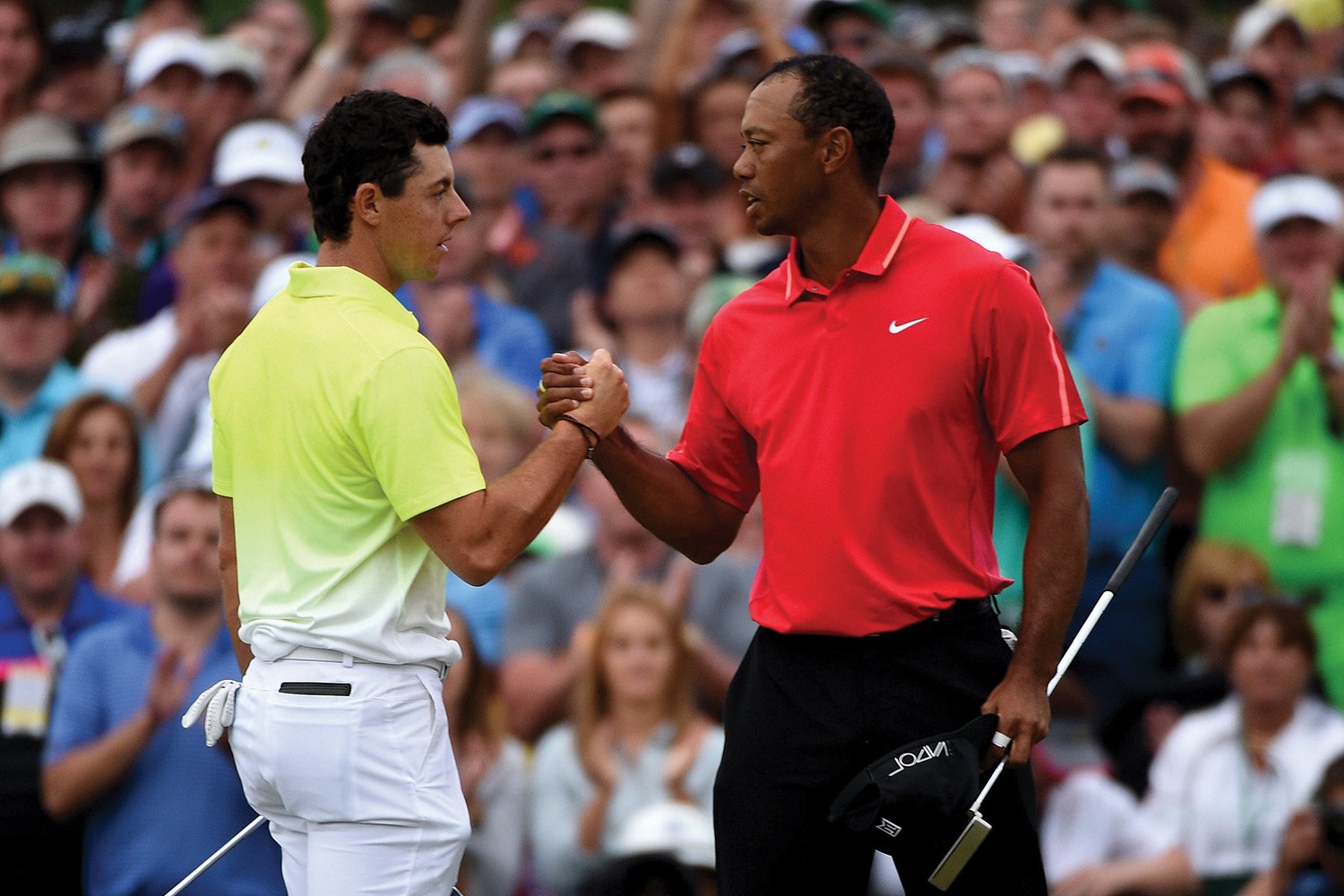TIGER Woods’ decade of dominance was the impetus for change in almost every facet of golf, from a dramatic increase in prizemoney on tour to diminishing racial prejudice. One of the most profound impacts Tiger made on the game was the introduction of how professional golfers train, not only in the gym but also their routine practice schedules on the range and course. Tiger set the new standard that led to a revolution of ‘athletes’, not just ‘golfers’, on tour.
Tiger’s emphatic run is now in the past but one thing still relevant today is how he is the subject of eight surgeries, three major swing overhauls, a long history of injuries and a somewhat crippled body relative to his age of 41. Woods has talked openly about his work ethic and arduous days training relentlessly during his pursuit of greatness from a very early age. He talked of hitting balls endlessly and how his devotion meant neglecting other areas of his life.
Tiger’s daily routine was long, strenuous and exhausting on the brain and body, but was it the gym work or the range work that ultimately led to his physical demise? Is training and practising helpful or harmful for new-age tour players?

Like so many young tour players today, Rory McIlroy is dedicated to his strength and conditioning training. And it shows. He is in exquisite physical condition and his average driving distance is 280 metres. Rory’s Men’s Health cover in 2015 is a fine demonstration of his hard work in the gym and a testament to his commitment to excellence. Conditioning an athlete’s body through cross-training is something all modern athletes do, and golfers should absolutely be committed to building their strength and fitness plus fuelling their bodies with the right foods or risk being left behind. It has been well documented in medical literature that physical conditioning and healthy food choices will improve a golfer’s performance over 72 holes.
In the past, McIlroy and others have been accused of over-training in the gym and putting their lucrative careers in jeopardy. This is not only a false understanding of how gym work is conducted but also an unrealistic and antiquated view of the sport today. Rugby union players would never be accused of over-training in the gym or putting themselves at risk by doing so. Professional golfers have specific programs designed by exercise physiologists that cater not only for strength but flexibility and, if followed with vigilance, are beneficial short and long term. Tiger’s body breakdown issues were not the result of his gym work; they stemmed from the repetitive strain injuries caused be hitting too many golf balls each day.
Like most things in life, quality exceeds quantity and this mantra applies to fine-tuning a golf swing. By executing specific biomechanical movements, the brain will remember the pattern without needing to repeat the motion excessively. Whether a golfer is maintaining their technique or making technical changes, the brain will retain without over-training. Hitting 100 golf balls with clarity of mind and deliberate effort is far more productive than hitting 1,000 golf balls with fatigued swings and a lack of proper swing thoughts.
Tiger Woods may have broken records and be forever remembered as one of the greatest golfers of all time, but had he not over-trained on the range his body would be in much better condition today. Who knows what else he could have achieved.
Balance is the key to golf and life and there is no reason why a golfer can’t be the best in the world without flogging themselves to the point of physical damage. Determination and hard work are required to succeed on tour but it is equally important to protect the body and maintain balance in life.
The takeaway for professional and amateur golfers alike is not to over-train on the range but to trust that quality will out-perform quantity. Hitting golf balls incessantly on the range is both boring and mentally draining – and will quickly lead to burnout so peak performance cannot be reached. Golf ‘athletes’ of today can rest assured; they can achieve their lofty goals without spending all their time on the range digging up the dirt. It is no longer in vogue to beat balls until your hands bleed. Instead, make sure every area is covered, from the golf course, the gym, nutrition and time for family and friends.
– Annabel Rolley is an Australian golf professional and host of Australian Golf Digest TV www.annabelrolley.com




